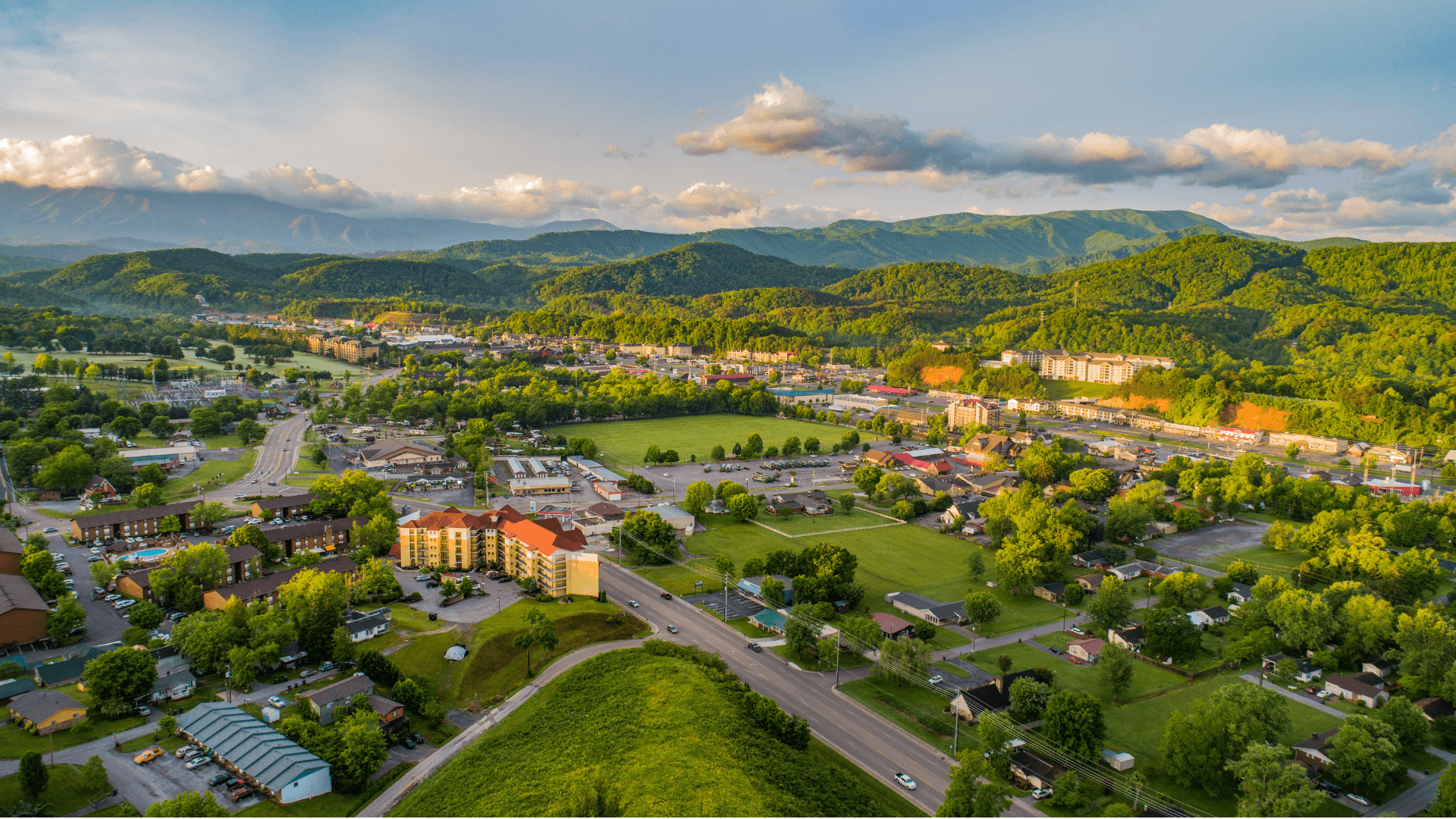Full guidance for all your commercial real estate needs
Commercial Real Estate Services Worldwide
A team you can trust, always.
Providing full-service commercial real estate brokerage support to East Tennessee since 1983, Koella Moore has over 40 years in business as a leader in commerical real estate. We are a certified woman-owned & minority-owned organization of professionally trained brokers with international reach and local expertise.

40 Years
in Business
450 Years
Combined Broker Experience
40 Years
in Business
450 Years
Combined Broker Experience
Woman-Owned,
Minority-Owned
3.5 million
Square Feet of Properties Managed
Providing the best in Commercial Real Estate
Complete advice for all of your real estate needs
NAI Koella | RM Moore is the leader in Commercial Real Estate in Middle & East Tennessee, providing the largest and most comprehensive full-service commercial real estate brokerage support.




Receivership




Receivership
NAI’s Global Proven
Industry Expertise
NAI Global professionals, including NAI Koella | RM Moore, excel in delivering exceptional results for clients on both local and global scales. Their success is driven by their creativity, collaboration, and unwavering commitment to providing top-notch knowledge and service, a hallmark of Tennessee’s leading Commercial Real Estate service providers.
325+
Offices
65
Countries
5,800
Professionals
325+
Offices
65
Countries
5,800
Professionals
$20 Billion
Transaction Volume
$1.5 Billion
Total Gross Revenue
1.1 Billion SF
Property and Facility Managed
Want to see more of our featured listings?





